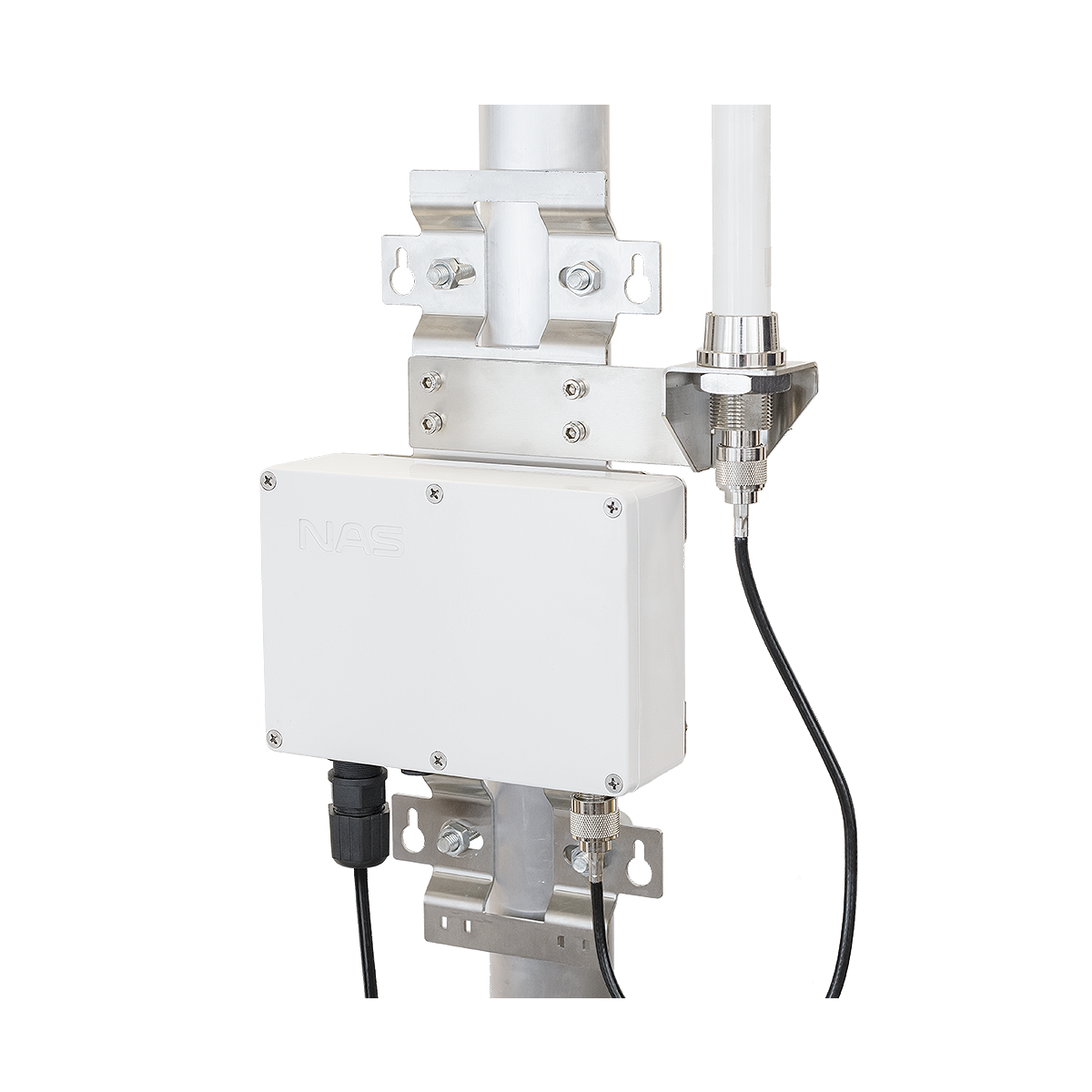
Maximizing Safety and Efficiency in Industrial Environments through IoT Climate Monitoring
Climate monitoring in industrial environments is an important aspect of ensuring the safety and efficiency of both workers and equipment. In these settings, it is crucial to maintain optimal temperatures, humidity levels, and airflow to prevent accidents, maintain production quality, and protect against equipment failure. This can be achieved through the use of various climate monitoring devices, which measure and record key environmental parameters such as temperature, humidity, and air pressure.

One of the main benefits of climate monitoring in industrial environments is the ability to detect and prevent potential hazards. For example, high temperatures can lead to heat stress in workers, while low humidity levels can cause static electricity, which can be a fire hazard in certain settings. In addition, certain materials and equipment may be sensitive to extreme temperature and humidity conditions, which can affect their performance and lifespan. By continuously monitoring the climate, industrial facilities can take timely corrective actions to prevent accidents and maintain the safety and efficiency of their operations.
Process optimization

Another key benefit of climate monitoring is the ability to optimize production processes and maintain product quality. Many industrial processes, such as manufacturing and processing, are highly sensitive to temperature and humidity fluctuations. These variations can affect the accuracy and consistency of the final product, leading to defects and quality issues. By closely monitoring the climate, facilities can ensure that their processes are operating within optimal conditions, leading to improved production efficiency and product quality.
There are several types of climate monitoring devices that can be used in industrial environments. These include temperature and humidity sensors, air quality monitors, and air pressure sensors. These devices can be connected to a central monitoring system, which can be accessed remotely via a computer or smartphone. This allows facilities to monitor the climate in real-time and take timely corrective actions if needed.
In conclusion, climate monitoring is an important aspect of ensuring the safety and efficiency of industrial operations. By closely monitoring key environmental parameters such as temperature, humidity, and air pressure, facilities can prevent potential hazards, optimize production processes, and maintain product quality. By using climate monitoring devices and a central monitoring system, facilities can monitor the climate in real-time and take timely corrective actions to maintain the safety and efficiency of their operations.
How Innovation Can Help
Internet connected devices, also known as Internet of Things (IoT) devices, can be used to enhance climate monitoring in industrial environments. These devices are equipped with sensors and are connected to the internet, allowing them to transmit data in real-time to a central monitoring system. This enables facilities to remotely monitor the climate and receive alerts if certain thresholds are exceeded or if there are any issues with the monitoring devices.

One of the main benefits of using IoT devices for climate monitoring is the ability to remotely monitor and control the climate in real-time. This allows facilities to take timely corrective actions to prevent potential hazards or optimize production processes. For example, if the temperature in a manufacturing facility exceeds a certain threshold, an alert can be sent to the facility manager, who can then take action to cool the area and prevent heat stress in workers. Similarly, if the humidity levels in a warehouse exceed a certain level, an alert can be sent to the facility manager, who can then take action to dehumidify the area and prevent the growth of mold and other contaminants.
In addition to real-time monitoring, IoT devices can also provide historical data, which can be useful for analyzing trends and identifying patterns. This can help facilities optimize their climate control strategies and improve the efficiency of their operations.
Overall, the use of IoT devices for climate monitoring in industrial environments can help facilities enhance their safety and efficiency by allowing them to remotely monitor and control the climate in real-time, receive alerts if certain thresholds are exceeded, and analyze historical data to identify patterns and trends.